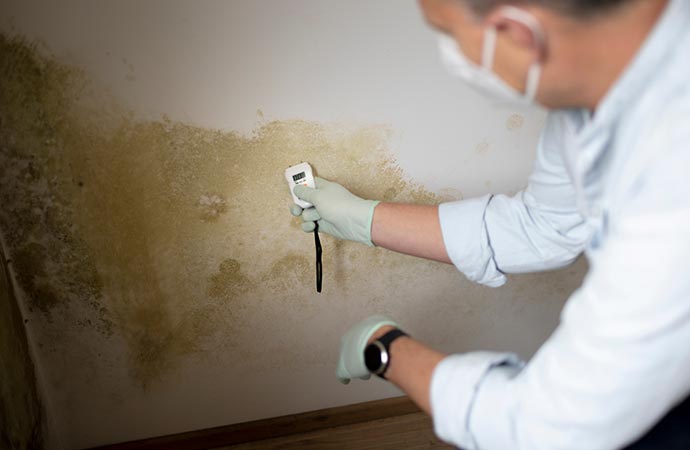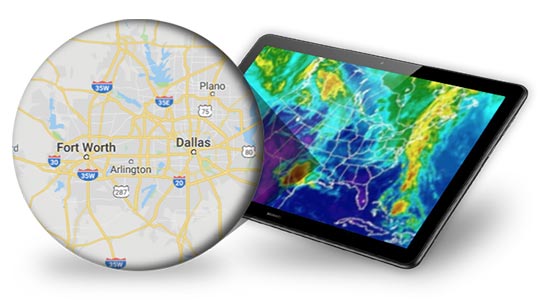24/7 Emergency Services
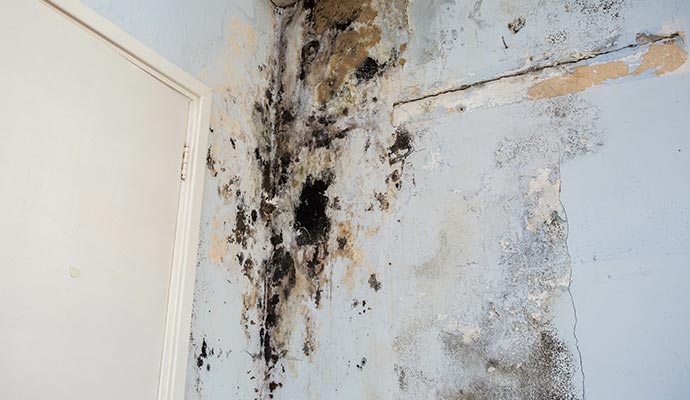
How to Prevent Mold Growth After Water Damage
If you’ve had water damage to your home or business after a storm or flooding from any appliance leak or pipe burst, it creates a chance of getting mold. We know that mold can be extremely dangerous to you and your family’s health. Because of this, you must seek the assistance of professionals to start the process of drying out the water-damaged area at your property. If you leave your property without any restoration, it may cause additional problems like structural damage, flood damage, carpet damage, and more.
817-203-2944What is Mold and How Does it Grow?
Mold is a type of fungus that exists almost everywhere, both indoors and outdoors. However, mold can become a problem when it starts growing indoors, especially in damp or humid environments. Mold spores are tiny and float through the air, and when they land on a damp surface, they can begin to grow. The key ingredients for mold growth are moisture and organic material to feed on. This is why mold often appears in areas with water leaks, high humidity, or poor ventilation.
Once settled, mold spores start to grow on any surface, like drywall, wood, or carpet. These surfaces produce more spores, which can spread and create new mold growth elsewhere. Mold can come in various colors, like black, green, or white, and it often has a musty smell. It can cause health problems, particularly for those with allergies or respiratory issues.
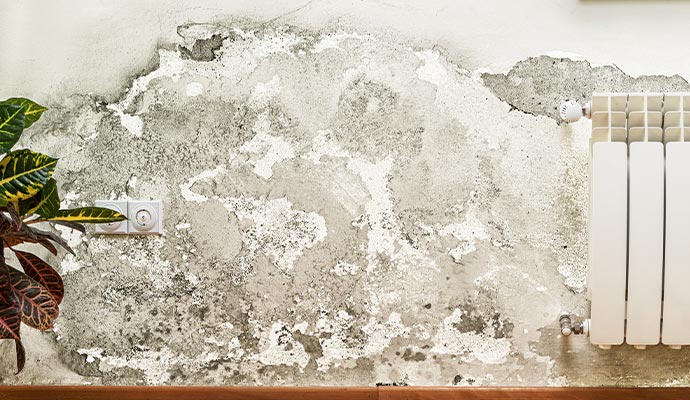
Common Signs You Could Have a Mold Problem
Let’s see some common indications that help you understand that you have a mold problem in your home:
- Musty Odor
- Water Stains
- Allergic Reactions
- Visible Mold Growth
- Respiratory Issues
- Excessive Condensation
- Peeling Paint or Wallpaper
- Deteriorating Fabrics or Materials
How to Check for Mold After Water Damage
Identifying mold in your home after water damage is crucial. Remember, mold can come in various colors, not just black or white spots. Keep an eye out for small black or white spots, especially in visible areas. However, mold can also grow in hidden places, like behind ceiling tiles or wall coverings. Mold often emits a musty smell, so if you can't see it, you might be able to smell it. Mold thrives in humid or moist environments, so be conscious in areas like bathrooms, kitchens, laundry rooms, basements, garages, and crawlspace.
Prevention of Mold Growth After Water Damage
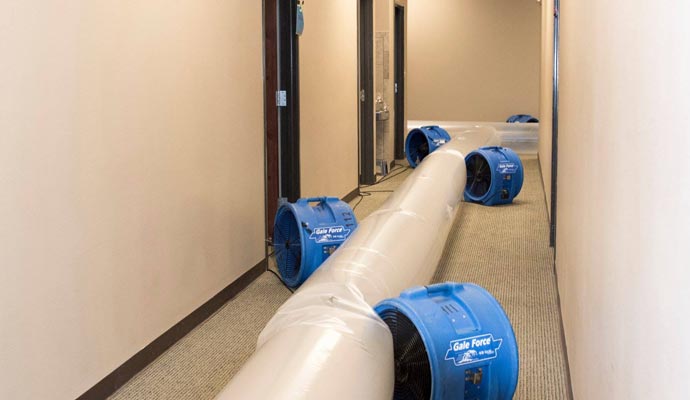
- Quick Response: Act promptly to address any water damage. The longer the water sits, the higher the likelihood of mold growth.
- Water Extraction: Remove standing water ASAP using pumps, or seek professional water extraction services.
- Drying: Thoroughly dry affected areas within 24-48 hours to prevent mold growth. Use fans, and dehumidifiers to facilitate drying.
- Remove Wet Materials: Discard or thoroughly dry any water-damaged materials such as carpets, insulation, drywall, and upholstery.
- Clean and Disinfect: Use appropriate cleaning agents to disinfect and sanitize. This helps to kill any existing mold spores and prevent their growth.
- Ventilation: Ensure proper ventilation in affected areas to promote air circulation and aid in drying. Use exhaust fans.
- Monitor Humidity Levels: Keep indoor humidity levels below 60% to discourage mold growth if possible.
- Repair Leaks: Address any sources of water leaks to prevent recurrent water damage and mold growth.
- Insulation and Waterproofing: Properly insulate and waterproof vulnerable areas such as basements, crawl spaces, and attics to prevent water intrusion.
- Professional Assistance: Consider contacting a professional mold remediation specialist to inspect the property thoroughly, especially if the water damage is major or if mold growth is suspected.
Unpleasant Health Risk of Mold Growth
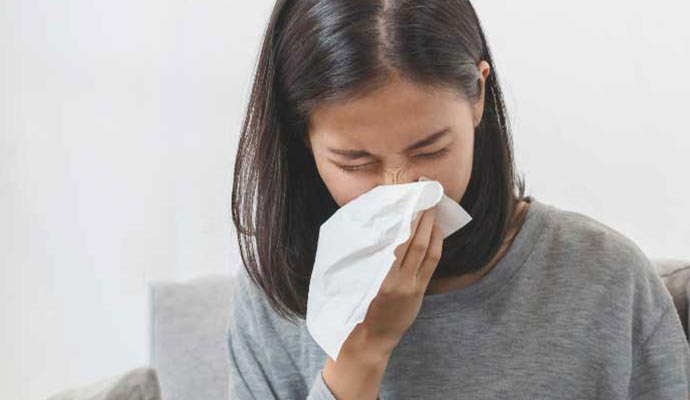
Mold growth in your home can be a real nuisance, and not just because it looks unsightly and smells musty. Mold spores can be very dangerous for children and elderly people in your house. It can lead to more serious health problems, such as infections or lung damage.
Let’s see some of the major health risks of mold growth:
- Allergic reactions: Mold can also irritate the skin, causing redness, itching, and burning.
- Eye irritation: Mold spores can irritate the eyes, causing headaches, redness, watering, and itching.
- Respiratory issues: Mold spores can cause asthma and irritate the respiratory system, causing coughing, sneezing, wheezing, and a runny nose.
- Toxic effects: Certain molds produce mycotoxins linked to serious health issues like neurological problems and organ damage.
- Compromised immune system: Prolonged mold exposure can weaken the immune system, making individuals more susceptible to infections.
Expert Solution for Mold Prevention from Water Damage
Never underestimate the damage water can do to your property. Because mold only takes 24 to 48 hours to grow without any notice. But worry not. Whatever the amount of water is, Dalworth Restoration is here. As a licensed mold remediation company, we will inspect your property to provide full mold assessment, mold testing, and mold remediation services to prevent mold.
Despite that, you have to be careful. Water damage can happen at any time and mold can also come back to your home. So, contact Dalworth Restoration not only for mold growth prevention but we will also handle water damage restoration services. For more information about our services, call us or request an estimate today. We are available in Dallas, Arlington, Fort Worth, Garland, and other cities throughout the greater Dallas/Fort Worth area.
817-203-2944

